David Levinthal has made a career of photographing toys and figurines, which isn’t to say his work is all fun and games.
Levinthal embraces difficult subject matter displayed through toys, evidenced with his series Blackface and Hitler Moves East, and with his series, Wild West, which is currently on view at Baldwin Gallery in Colorado.
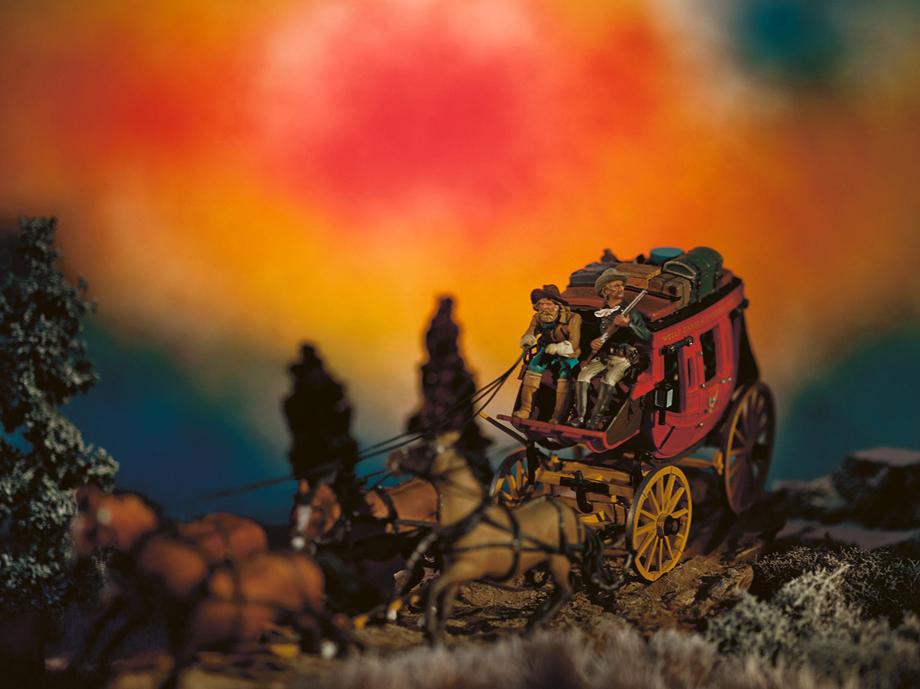
David Levinthal.
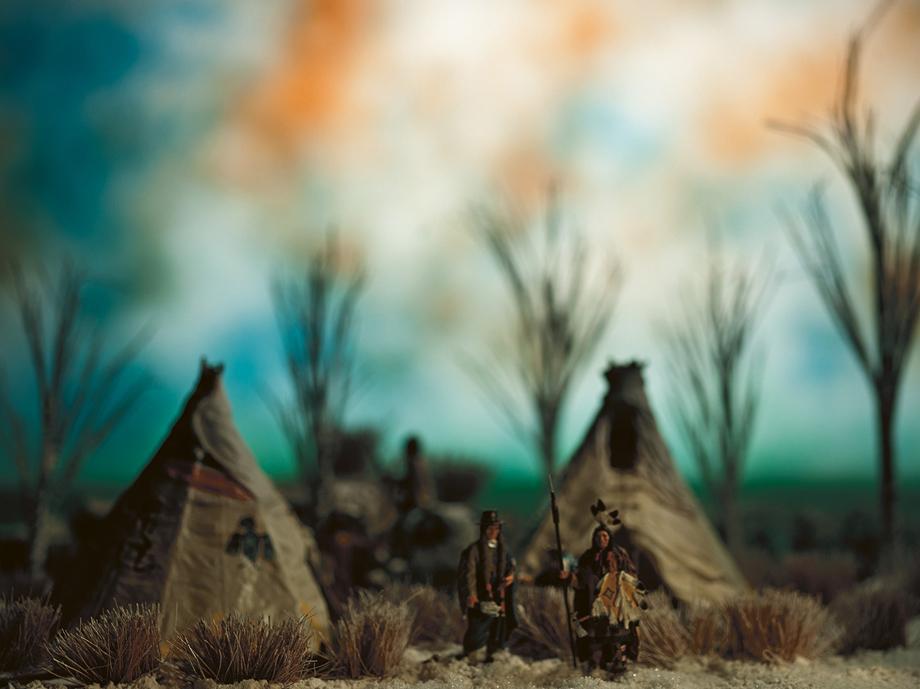
David Levinthal.
Wild West was started in the 1980s and, of all his series, it is the only one he has been compelled to revisit. He sees the call to return to this subject as a symptom of growing up in the 1950s when the West was such a prevalent iconography.
Some of the toys in the series belonged to Levinthal and his brothers when they were children, though he did purchase both new and vintage toys as well.
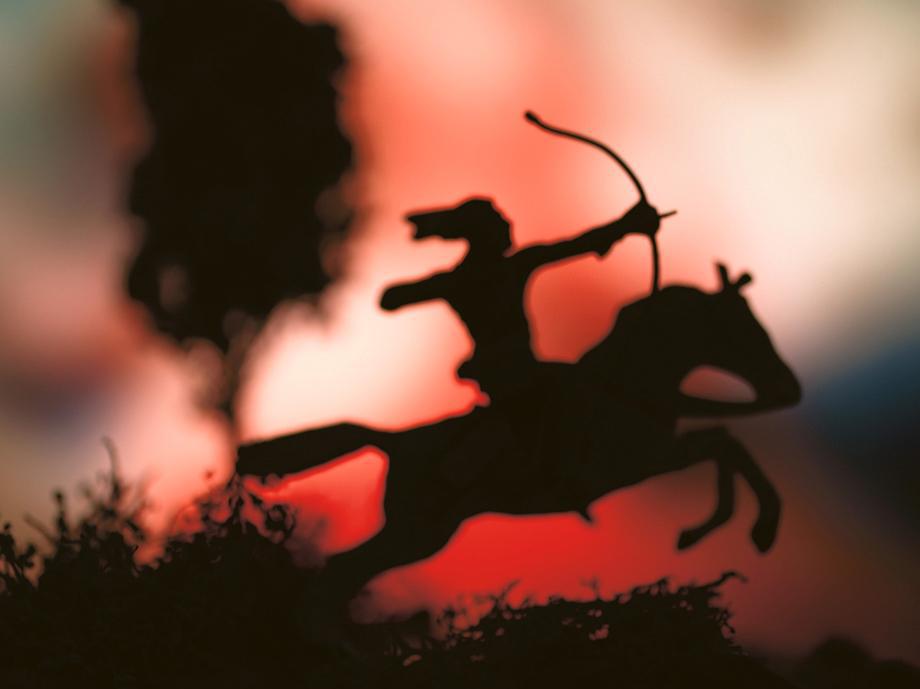
David Levinthal.

David Levinthal.
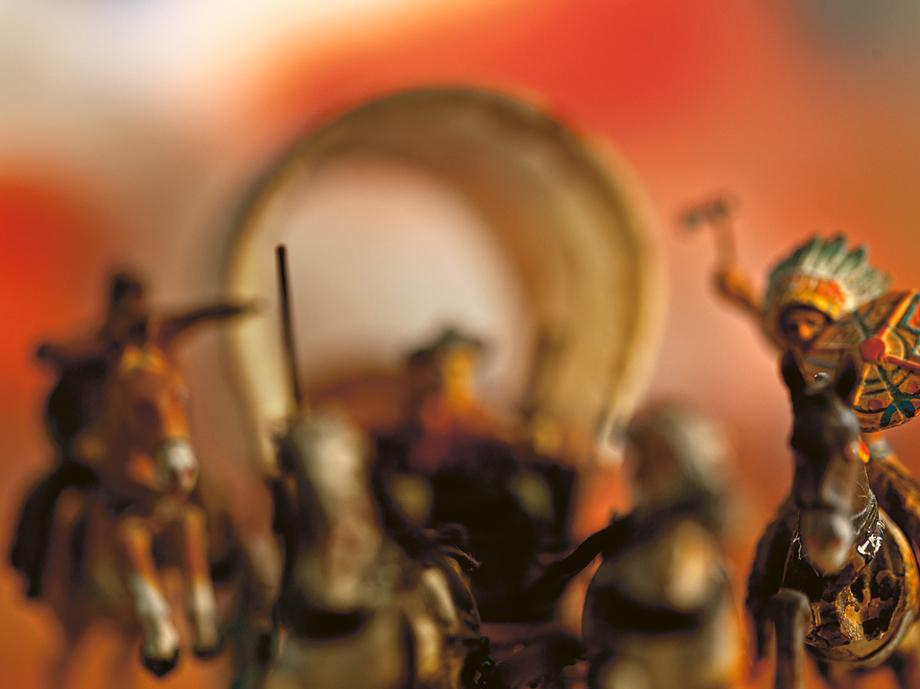
David Levinthal.
For his projects, Levinthal finds inspiration from movies and paintings. He writes via email, “For the Western series in particular I often referenced Remington and Russell paintings. John Ford’s Western films were a big influence, especially The Searchers because of its beautiful use of color and the vast landscapes. I would often watch the film the night before going to the Polaroid studio for inspiration.”
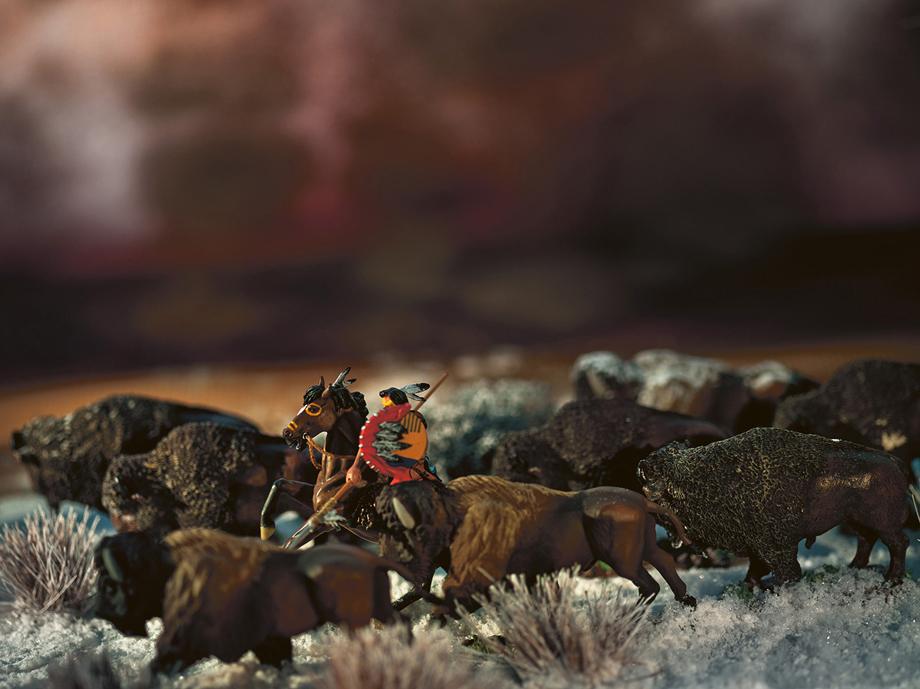
David Levinthal.

David Levinthal.
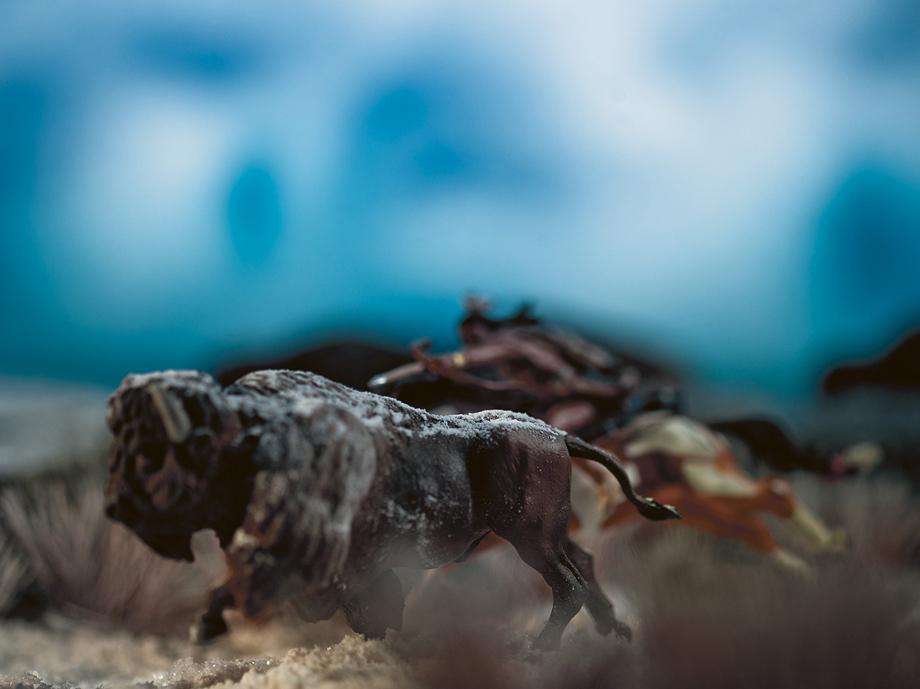
David Levinthal.

David Levinthal.
The opposing forces of “cowboys and Indians” continue to provide a compelling mythology, one of the most simultaneously reviled and treasured creation stories of the United States. While toy production has become more about modern technology, somehow toy figurines of cowboys and Indians have endured. This, despite the illumination since the 1950s on the stereotypes and false history that the game promotes, which has not managed to affect the game’s longevity—in a few months, a new version of The Lone Ranger will be released, starring Johnny Depp as Tonto.
Levinthal’s work as a whole utilizes “… the visual memory of viewers to create a narrative” within his work.
He explains, “Currently I have been investigating historical moments, such as Custer’s Last Stand, using new contemporary figurines, and other historical events, such as D-Day, which back in the early ’70s was too ingrained in our visual memory to allow me the same freedom that I had dealing with the Eastern Front in World War II.”
Levinthal reminds us that these cultural, historical images, with all their stereotypes, exist—and still endure—as part of our common heritage.
